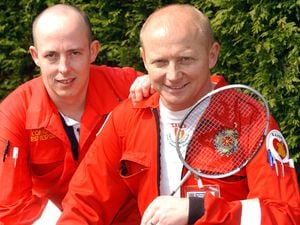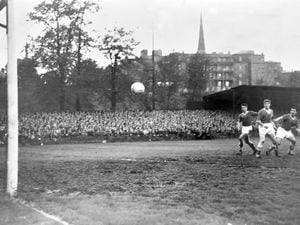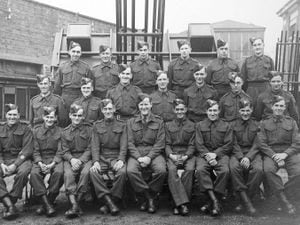Flashback to 2000: First British women reach South Pole
As a new Millennium got under way, a history-making team of polar walkers were taking a well-earned break after claiming two firsts in reaching the South Pole after a near-700 mile walk.

Catharine Hartley and Fiona Thornewill, who set off on their epic trek almost two months earlier, became the first British women to make the entire journey on foot.
Fiona and her husband Mike, who accompanied them, were also celebrating becoming the first married couple to successfully complete the massive walk.
The trio were part of a nine-strong team and immediately after they arrived at their destination, they received a message from Prime Minister Tony Blair, who said: “Many congratulations on your magnificent achievement. What a wonderful start to the millennium.”
Catharine, aged 34, from Clapham in London, was the only member of the team with no previous polar experience.
Arriving at the Pole she said: “This has been an immense struggle every day and I am just so happy to be here.
“We will be picked up by plane in the morning and flown back to the base camp at Patriot Hills.
“To be quite honest I am just looking forward to having a couple of days off.”
Meanwhile Fiona, aged 33, from Nottinghamshire, and her policeman husband, who celebrated his 37th birthday on the ice, had a long history of walking expeditions.
Mike, a custody sergeant based at Worksop, Notts, said via satellite phone as he arrived at the Pole: “It’s just amazing to be here. The US personnel have come out of the base to cheer us and now they are going to cook us a hot meal.
“I am very sorry I cannot say any more at the moment because my mouth and hands have started to freeze.”
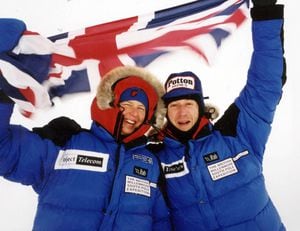
Mike was inspired to walk to the South Pole in memory of his father, who died of cancer. The couple's journey raised money for the Marie Curie Care charity.
Another team made up of British women were also making their way towards the South Pole, but at the time were still some way behind the successful party.
Severe frostbite and a dangerous fall almost put an end to Catharine’s record attempt near the start of the trip.
At one point it was considered that airlifting her out was the most sensible course of action.
But her frostbitten fingers later stabilised and she was able to continue the journey.
During the trek, each member of the team pulled a sledge weighing 150lb and used skis with special skins allowing them to grip ice. The route included heights of more than 9,000ft.
Each day the team walked for between eight and 14 hours in temperatures which can drop as low as minus 48C.
After she returned to the UK, Catharine announced she was auctioning her loyal expedition companion - her teddy bear - to raise money for charity.
Christopher the Beanie Bear, who she said provided comfort on the treacherous walk, was to be sold to generate funds for Sense, the charity for people who are both deaf and blind.
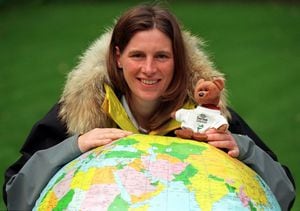
Even when Ms Hartley had to lighten her load during the walk, she ditched a medical kit rather than Christopher.
“The trip was much harder than I ever imagined. I battled with frostbite and even fell down a crevasse, but Christopher was there to support me every step of the way.”
In 2001, the trio set out on another mission which saw them arrive at the North Pole after a 56-day slog.
And they set further records with Catharine and Fiona becoming the first women to walk to both poles, and Fiona and her husband Mike becoming the first married couple to reach north and south.
The 480-mile journey, led by Canadian guide Paul Landry, went smoothly but the foursome walked closer to 600 miles as they were forced to detour around melting ice.
In a team statement they said: "We were expecting a really gruelling trip and invariably harsh conditions.
"We were fortunate to be able to not only make this journey and succeed, but to have Paul, our expedition leader, show us how to travel in a style that enables us to actually enjoy the journey and really appreciate the beauty of the Arctic."
The team of four hauled their own supplies through temperatures of minus 55C and the threat of thin ice and polar bears, relying on two drop points for re-supplies.
Consuming up to 7,000 calories every 24 hours, they trekked for eight hours a day, allowing themselves the occasional rest day to let their limbs recuperate.
After staying at the North Pole overnight, they were due to airlifted to Resolute, in northern Canada before flying home to Britain.
The team's trek raised money for the charities Macmillan Nurses, the NSPCC, and Sense.

